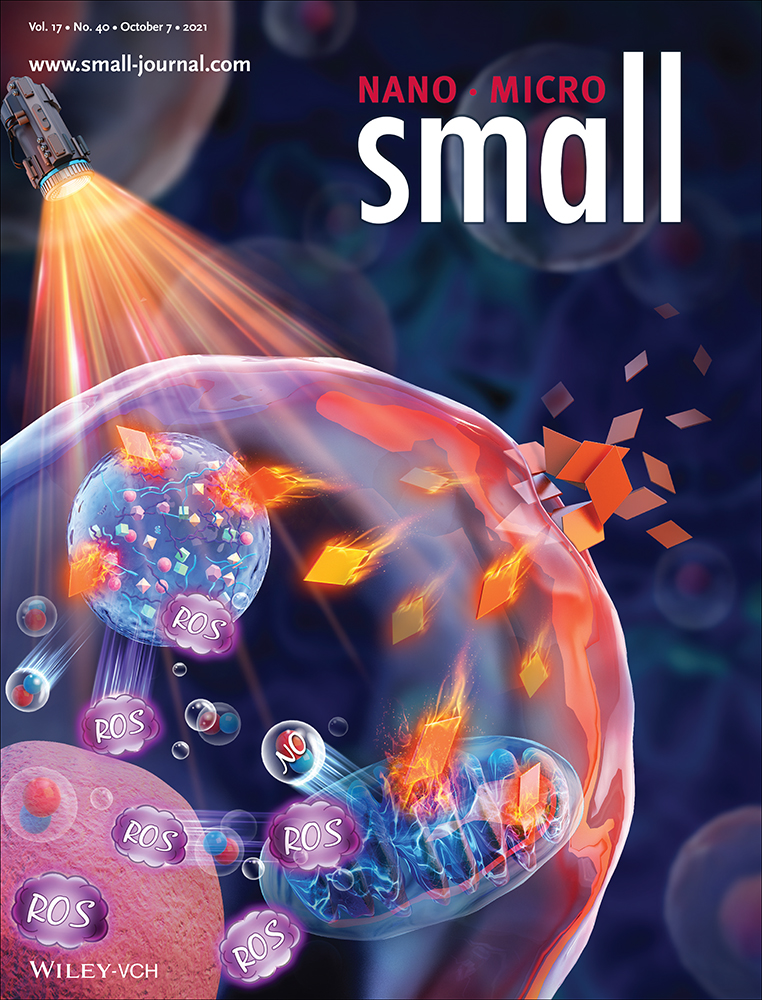“Water-in-Sugar” Electrolytes Enable Ultrafast and Stable Electrochemical Naked Proton Storage
Abstract
Proton is an ideal charge carrier for rechargeable batteries due to its small ionic radius, ultrafast diffusion kinetics and wide availability. However, in commonly used acid electrolytes, the co-interaction of polarized water and proton (namely hydronium) with electrode materials often causes electrode structural distortions. The hydronium adsorption on electrode surfaces also facilitates hydrogen evolution as an unwanted side reaction. Here, a “water-in-sugar” electrolyte with high concentration of glucose dissolved in acid to enable the naked proton intercalation, as well as an extended 3.9 V working potential window, is shown. A glucose-derived organic thin film is formed on electrode surface upon cycling. Molecular dynamics simulations reveal the significant decrease of free water in bulk electrolytes, while density functional theory calculations indicate that glucose preferentially binds to the electrode surface which can inhibit water adsorption. The scarcity of free water and the protective organic film work in synergy to suppress water interactions with the electrode surface, which enables the naked proton (de)intercalation. The “water-in-sugar” electrolyte significantly enhances a MoO3 electrode for stable cycling over 100 000 times. This facile electrolyte approach opens new avenues to aqueous electrochemistry and energy storage devices.
Conflict of Interest
Z.S. and C.Z. filed a patent related to this work.
Open Research
Data Availability Statement
Research data are not shared.




